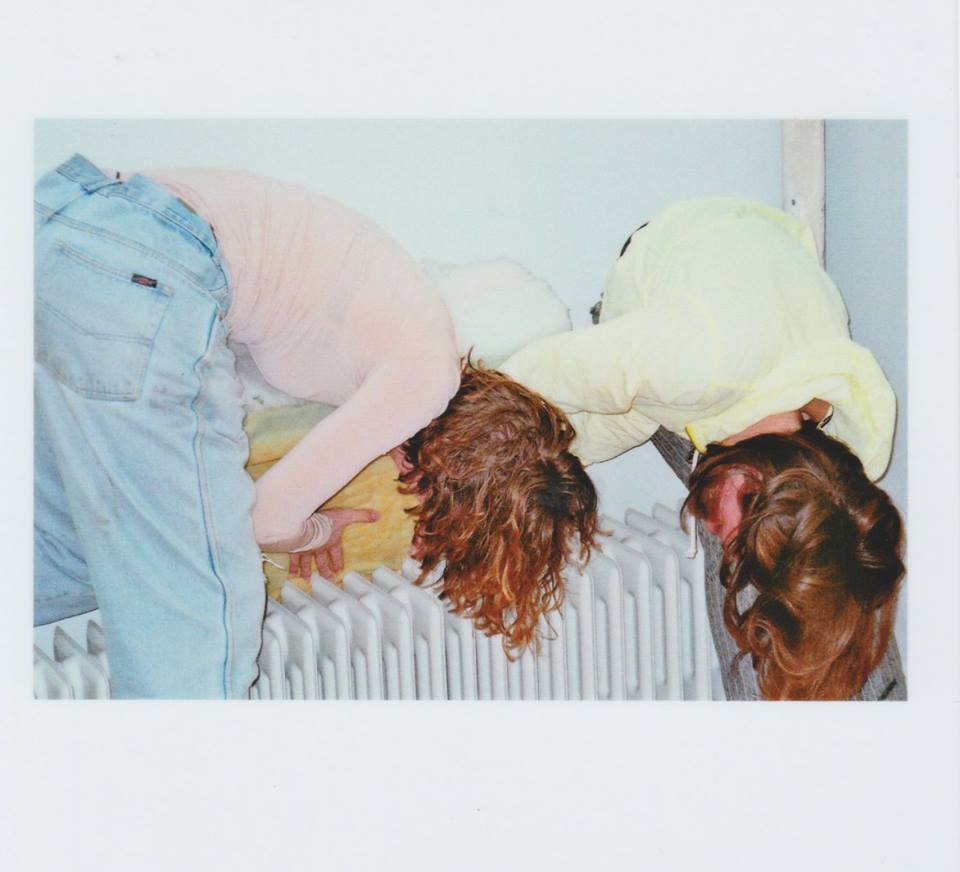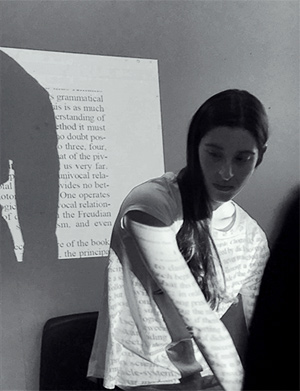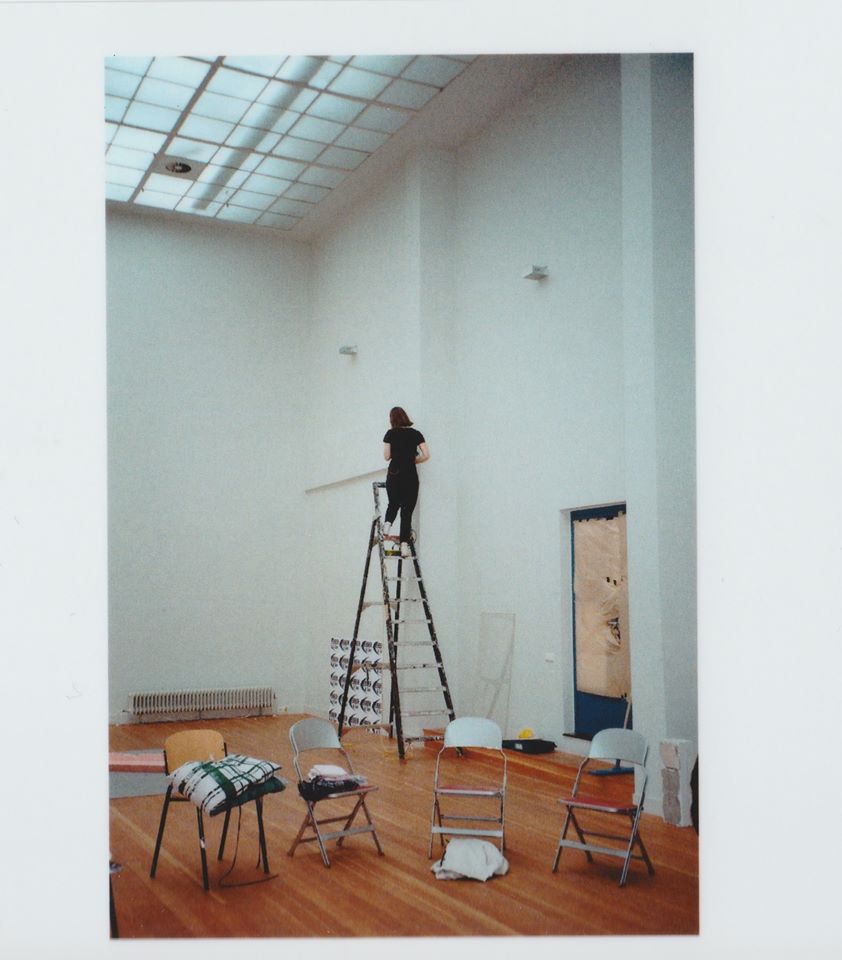|
Body As Proxy
 Photo: Ariane Toussaint Photo: Ariane ToussaintOrganiser and speaker of the research symposium Body as Proxy in 2020, at the BA Fine Arts department, Royal Academy of Art The Hague. Inviting guest speakers from various disciplines and fields to give presentations, lectures and workshops.
Performing Theory
Can theory be understood and researched through experiences? Performing Theory is a series of Performance Lectures, workshops, masterclasses, performative reading sessions, experiments and performance art pieces, in which theory is researched through performance practice. The artistic point of departure is to conduct unconventional theoretical research by creating an experience and by engaging one’s senses and body. 
Some of the theories and concepts which have been closely explored in Performing Theory are the rhizome by Gilles Deleuze and Felix Guattari, the spectacle by Guy Debord and abject by Julia Kristeva. Exhibition Research Lab
 Photo: Ariane Toussaint Lecturer and initiator of the Exhibition Research Lab, which is a part of the artistic research program of the Lectorate Art Theory and Practice at the Royal Academy of Art The Hague. This interdisciplinary course offers students of the Royal Academy of Art and Leiden University practical and theoretical knowledge and understanding of exhibition making.
|